Introducing Greencloud


Over the past few days, as part of Cloudflare’s Impact Week, we’ve written about the work we’re doing to help build a greener Internet. We’re making bold climate commitments for our own network and facilities and introducing new capabilities that help customers understand and reduce their impact. And in addition to organization-level initiatives, we also recognize the importance of individual impact — which is why we’re excited to publicly introduce Greencloud, our sustainability-focused employee working group.
What is Greencloud?
Greencloud is a coalition of Cloudflare employees who are passionate about the environment. Initially founded in 2019, we’re a cross-functional, global team with a few areas of focus:
- Awareness: Greencloud compiles and shares resources about environmental activism with each other and the broader organization. We believe that collective action — not just conscious consumerism, but also engagement in local policy and community movements — is critical to a more sustainable future, and that the ability to affect change starts with education. We’re also consistently inspired by the great work other folks in tech are doing in this space, and love sharing updates from peers that push us to do better within our own spheres of influence.
- Support: Our membership includes Cloudflare Continue reading
Cloudflare’s Athenian Project Expands Internationally
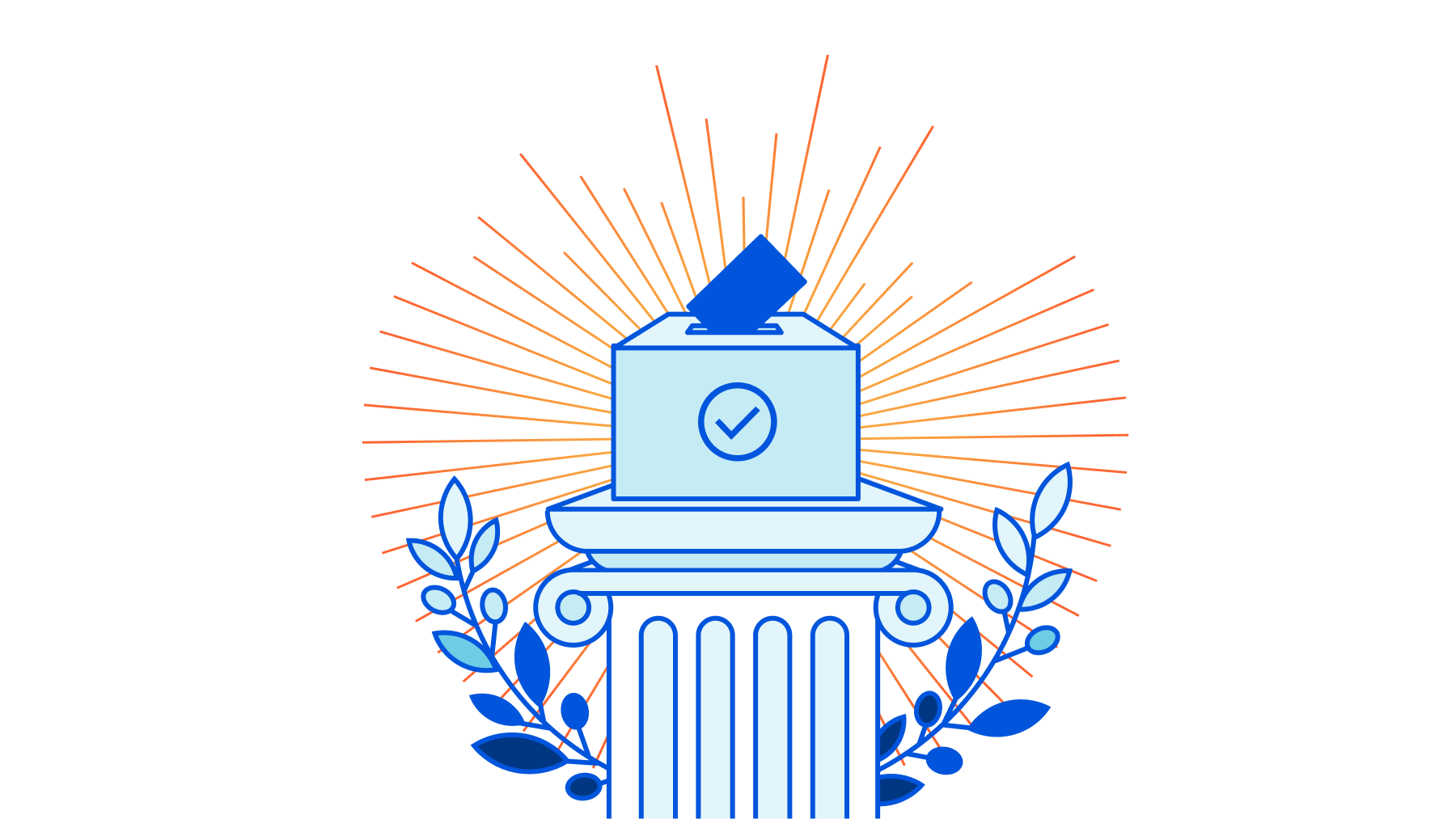
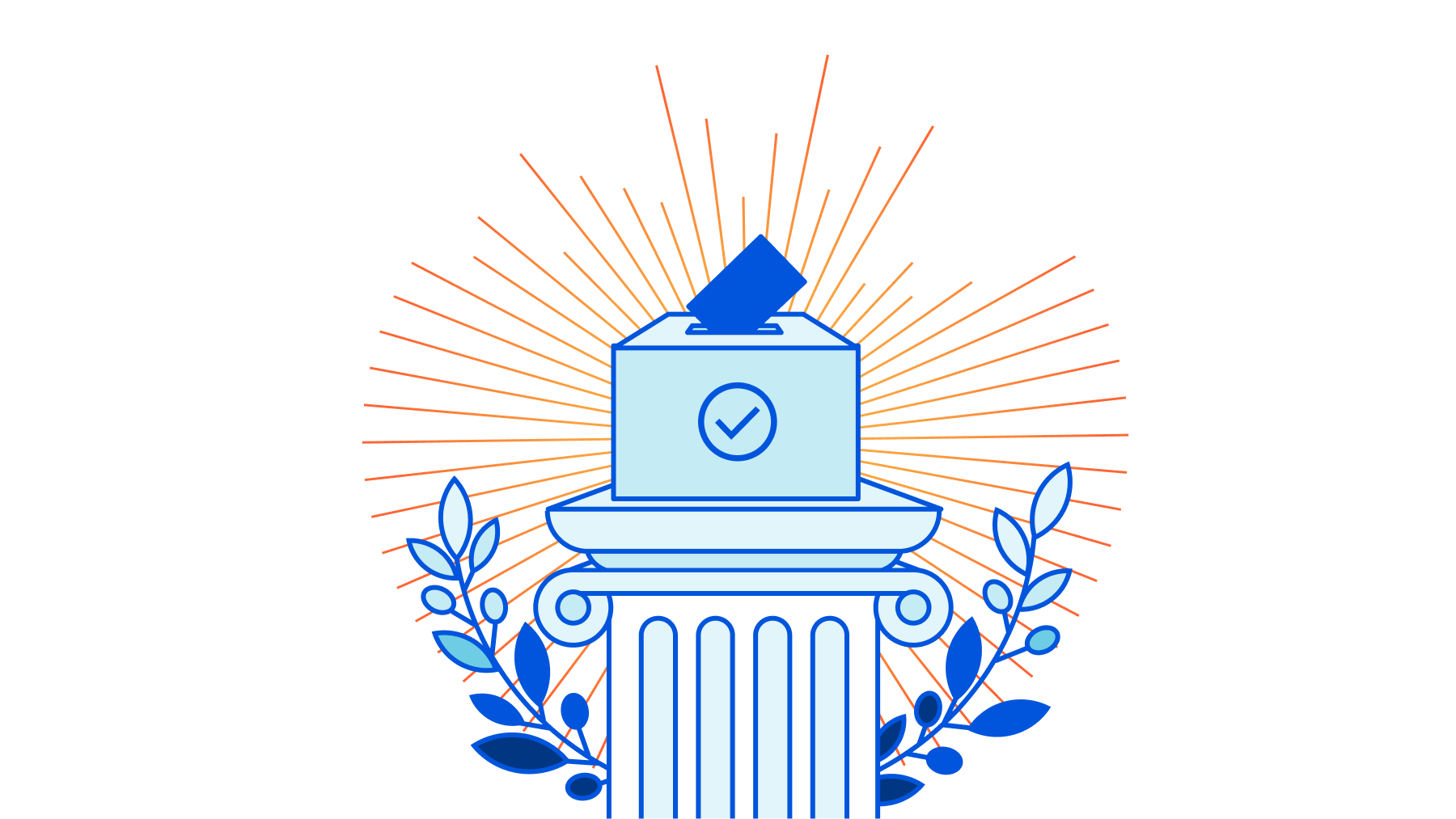
Over the course of the past few years, we’ve seen a wide variety of different kinds of online threats to democratically-held elections around the world. These threats range from attempts to restrict the availability of information, to efforts to control the dialogue around elections, to full disruptions of the voting process.
Some countries have shut down the Internet completely during elections. In 2020, Access Now’s #KeepItOn Campaign reported at least 155 Internet shutdowns in 29 countries such as Togo, Republic of the Congo, Niger and Benin. In 2021, Uganda's government ordered the "Suspension Of The Operation Of Internet Gateways" the day before the country's general election.
Even outside a full Internet shutdown, election reporting and registration websites can face attacks from other nations and from parties seeking to disrupt the administration of the election or undermine trust in the electoral process. These cyberattacks target not only electronic voting or election technologies, but access to information and communications tools such as voter registration and websites that host election results. In 2014, a series of cyberattacks including DDoS, malware and phishing attacks were launched against Ukraine’s Central Election Commission ahead of the presidential election. These sophisticated attacks attempted to infiltrate the internal Continue reading
Working with those who protect human rights around the world


Over the past few years, we’ve seen an increasing use of Internet shutdowns and cyberattacks that restrict the availability of information in communities around the world. In 2020, Access Now’s #KeepItOn coalition documented at least 155 Internet shutdowns in 29 countries. During the same period, Cloudflare witnessed a five-fold increase in cyberattacks against the human rights, journalism, and non-profit websites that benefit from the protection of Project Galileo.
These disruptive measures, which put up barriers to those looking to use the Internet to express themselves, earn a livelihood, gather and disseminate information, and participate in public life, affect the lives of millions of people around the world.
As described by the UN Human Rights Council (UNHRC), the Internet is not only a key means by which individuals exercise their rights to freedom of opinion and expression, it “facilitates the realization of a range of other human rights” including “economic, social and cultural rights, such as the right to education and the right to take part in cultural life and to enjoy the benefits of scientific progress and its applications, as well as civil and political rights, such as the rights to freedom of association and assembly.” The effect of Continue reading
Cloudflare’s Human Rights Commitments


Last year, we announced our commitment to the UN Guiding Principles on Business and Human Rights, and our partnership with Global Network Initiative (GNI). As part of that announcement, Cloudflare committed to developing a human rights policy in order to ensure that the responsibility to respect human rights is embedded throughout our business functions. We spent much of the last year talking to those inside and outside the company about what a policy should look like, the company’s expectations for human rights-respecting behavior, and how to identify activities that might affect human rights.
Today, we are releasing our first human rights policy. The policy sets out our commitments and the way we implement them.
Why would Cloudflare develop a human rights policy?
Cloudflare’s mission — to help build a better Internet — reflects a long-standing belief that we can help make the Internet better for everyone. We believe that everyone should have access to an Internet that is faster, more reliable, more private, and more secure. To earn our customers’ trust, we also strive to live up to our core values of being principled, curious, and transparent. The actions that we have taken over the years reflect our mission and Continue reading
Certifying our Commitment to Your Right to Information Privacy


Cloudflare recognizes privacy in personal data as a fundamental human right and has taken a number of steps, including certifying to international standards, to demonstrate our commitment to privacy.
Privacy has long been recognized as a fundamental human right. The United Nations included a right to privacy in its 1948 Universal Declaration of Human Rights (Article 12) and in the 1976 International Covenant on Civil and Political Rights (Article 17). A number of other jurisdiction-specific laws and treaties also recognize privacy as a fundamental right.
Cloudflare shares the belief that privacy is a fundamental right. We believe that our mission to help build a better Internet means building a privacy-respecting Internet, so people don’t feel they have to sacrifice their personal information — where they live, their ages and interests, their shopping habits, or their religious or political beliefs — in order to navigate the online world.
But talk is cheap. Anyone can say they value privacy. We show it. We demonstrate our commitment to privacy not only in the products and services we build and the way we run our privacy program, but also in the examinations we perform of our processes and products to ensure they work the Continue reading
Cloudflare and COVID-19: Project Fair Shot Update


In February 2021, Cloudflare launched Project Fair Shot — a program that gave our Waiting Room product free of charge to any government, municipality, private/public business, or anyone responsible for the scheduling and/or dissemination of the COVID-19 vaccine.
By having our Waiting Room technology in front of the vaccine scheduling application, it ensured that:
- Applications would remain available, reliable, and resilient against massive spikes of traffic for users attempting to get their vaccine appointment scheduled.
- Visitors could wait for their long-awaited vaccine with confidence, arriving at a branded queuing page that provided accurate, estimated wait times.
- Vaccines would get distributed equitably, and not just to folks with faster reflexes or Internet connections.
Since February, we’ve seen a good number of participants in Project Fair Shot. To date, we have helped more than 100 customers across more than 10 countries to schedule approximately 100 million vaccinations. Even better, these vaccinations went smoothly, with customers like the County of San Luis Obispo regularly dealing with more than 20,000 appointments in a day. “The bottom line is Cloudflare saved lives today. Our County will forever be grateful for your participation in getting the vaccine to those that need it most in an elegant, Continue reading
Project Galileo and The Global Cyber Alliance Cybersecurity Toolkit for Journalists


Cloudflare started Project Galileo in 2014 to provide a set of free security products to a range of groups on the Internet that are targeted by cyberattacks due to their critical work. These groups include human rights defenders, independent media and journalists, and organizations that work in strengthening democracy. Seven year later, Project Galileo currently protects more than 1,500 organizations in 111 countries.
A majority of the organizations protected under Project Galileo work in independent media and journalism, and are targeted both physically and online as a result of reporting critical events around the world. From July 2020 to March 2021, there were more than seven billion cyberattacks against Project Galileo journalism and media sites, equating to over 30 million attacks per day against this group. We reported many of these findings for the 7th anniversary of Project Galileo’s Radar Dashboard.
Global Cyber Alliance

We have reported on the cyber threats to independent journalists and media organizations in the past, with the goal of creating best practices on how to protect these groups online. As we shared these insights, we started to collaborate with organizations that provide support and resources to improve journalists’ cybersecurity capabilities and respond to threats. One Continue reading
Crawler Hints: How Cloudflare Is Reducing The Environmental Impact Of Web Searches


Cloudflare is known for innovation, for needle-moving projects that help make the Internet better. For Impact Week, we wanted to take this approach to innovation and apply it to the environmental impact of the Internet. When it comes to tech and the environment, it’s often assumed that the only avenue tech has open to it is harm mitigation: for example, climate credits, carbon offsets, and the like. These are undoubtedly important steps, but we wanted to take it further — to get into harm reduction. So we asked — how can the Internet at large use less energy and be more thoughtful about how we expend computing resources in the first place?
Cloudflare has a global view into the traffic of the Internet. More than 1 in 6 websites use our network, and we observe the traffic flowing to and from them continuously. While most people think of surfing the Internet as a very human activity, nearly half of all traffic on the global network is generated by automated systems.
We've analyzed this automated traffic, from so-called “bots,” in order to understand the environmental impact. Most of the bot traffic is malicious. Cloudflare protects our clients from this malicious traffic Continue reading
Introducing Smart Edge Revalidation


Today we’re excited to announce Smart Edge Revalidation. It was designed to ensure that compute resources are synchronized efficiently between our edge and a browser. Right now, as many as 30% of objects cached on Cloudflare’s edge do not have the HTTP response headers required for revalidation. This can result in unnecessary origin calls. Smart Edge Revalidation fixes this: it does the work to ensure that these headers are present, even when an origin doesn’t send them to us. The advantage of this? There’s less wasted bandwidth and compute for objects that do not need to be redownloaded. And there are faster browser page loads for users.
So What Is Revalidation?

Revalidation is one part of a longer story about efficiently serving objects that live on an origin server from an intermediary cache. Visitors to a website want it to be fast. One foundational way to make sure that a website is fast for visitors is to serve objects from cache. In this way, requests and responses do not need to transit unnecessary parts of the Internet back to an origin and, instead, can be served from a data center that is closer to the visitor. As such, website operators Continue reading
Helping build a green Internet


When we started Cloudflare, we weren't thinking about minimizing the environmental impact of the Internet. Frankly, I didn't really think of the Internet as having much of an environmental impact. It was just this magical resource that gave access to information and services from anywhere.
But that was before I started racking servers in hyper-cooled data centers. Before Cloudflare started paying the bills to keep those servers powered up and cooled down. Before we became obsessed with maximizing the number of requests we could process per watt of power. And long before we started buying directly from renewable power suppliers to drive down the cost of electricity across our network.
Today, I have a very good understanding of how much power it takes to run the Internet. It therefore wasn't surprising to read the Boston Consulting Group study which found that 2% of all carbon output, about 1 billion metric tons per year, is attributable to the Internet. That’s the equivalent of the entire aviation industry.
Cloudflare: Accidentally Environmentally Friendly By Design
While we didn't set out to reduce the environmental impact of the Internet, Cloudflare has always had efficiency at its core. It comes from our ongoing fight with Continue reading
Announcing Green Compute on Cloudflare Workers


All too often we are confronted with the choice to move quickly or act responsibly. Whether the topic is safety, security, or in this case sustainability, we’re asked to make the trade off of halting innovation to protect ourselves, our users, or the planet. But what if that didn’t always need to be the case? At Cloudflare, our goal is to bring sustainable computing to you without the need for any additional time, work, or complexity.
Enter Green Compute on Cloudflare Workers.
Green Compute can be enabled for any Cron triggered Workers. The concept is simple: when turned on, we’ll take your compute workload and run it exclusively on parts of our edge network located in facilities powered by renewable energy. Even though all of Cloudflare’s edge network is powered by renewable energy already, some of our data centers are located in third-party facilities that are not 100% powered by renewable energy. Green Compute takes our commitment to sustainability one step further by ensuring that not only our network equipment but also the building facility as a whole are powered by renewable energy. There are absolutely no code changes needed. Now, whether you need to update a leaderboard every five Continue reading
Designing Edge Servers with Arm CPUs to Deliver 57% More Performance Per Watt


Cloudflare has millions of free customers. Not only is it something we’re incredibly proud of in the context of helping to build a better Internet — but it’s something that has made the Cloudflare service measurably better. One of the ways we’ve benefited is that it’s created a very strong imperative for Cloudflare to maintain a network that is as efficient as possible. There’s simply no other way to serve so many free customers.
In the spirit of this, we are very excited about the latest step in our energy-efficiency journey: turning to Arm for our server CPUs. It has been a long journey getting here — we started testing our first Arm CPUs all the way back in November 2017. It’s only recently, however, that the quantum of energy efficiency improvement from Arm has become clear. Our first Arm CPU was deployed in production earlier this month — July 2021.
Our most recently deployed generation of edge servers, Gen X, used AMD Rome CPUs. Compared with that, the newest Arm based CPUs process an incredible 57% more Internet requests per watt. While AMD has a sequel, Milan (and which Cloudflare will also be deploying), it doesn’t achieve the same Continue reading
Cloudflare: 100% Renewable & Zeroing Out Emissions Back to Day 1


As we announced this week, Cloudflare is helping to create a clean slate for the Internet. Our goal is simple: help build a better, greener Internet with no carbon emissions that is powered by renewable energy.
To help us get there, Cloudflare is making two announcements. The first is that we're committed to powering our network with 100% renewable energy. This builds on work we started back in 2018, and we think is clearly the right thing to do. We also believe it will ultimately lead to more efficient, more sustainable, and potentially cheaper products for our customers.
The second is that by 2025 Cloudflare aims to remove all greenhouse gases emitted as the result of powering our network since our launch in 2010. As we continue to improve the way we track and mitigate our carbon footprint, we want to help the Internet begin with a fresh start.
Finally, as part of our effort to track and mitigate our emissions, we're also releasing our first annual carbon emissions inventory report. The report will provide detail on exactly how we calculate our carbon emissions as well as our renewable energy purchases. Transparency is one of Cloudflare's core values. It's how Continue reading
Green Hosting with Cloudflare Pages
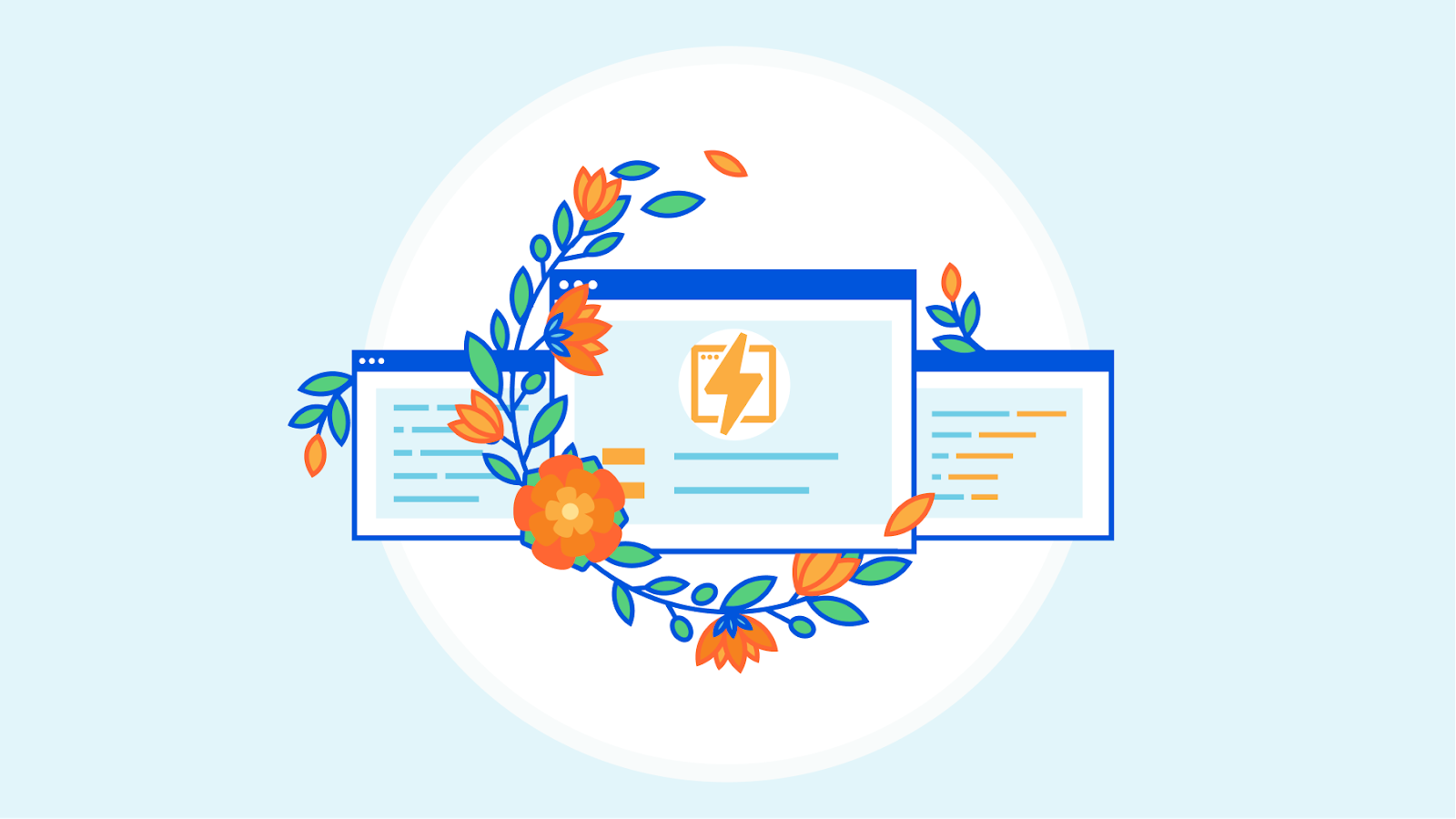
At Cloudflare, we are continuing to expand our sustainability initiatives to build a greener Internet in more than one way. We are seeing a shift in attitudes towards eco-consciousness and have noticed that with all things considered equal, if an option to reduce environmental impact is available, that’s the one widely preferred by our customers. With Pages now Generally Available, we believe we have the power to help our customers reach their sustainability goals. That is why we are excited to partner with the Green Web Foundation as we commit to making sure our Pages infrastructure is powered by 100% renewable energy.
The Green Web Foundation
As part of Cloudflare’s Impact Week, Cloudflare is proud to announce its collaboration with the Green Web Foundation (GWF), a not-for-profit organization with the mission of creating an Internet that one day will run on entirely renewable energy. GWF maintains an extensive and globally categorized Green Hosting Directory with over 320 certified hosts in 26 countries! In addition to this directory, the GWF also develops free online tools, APIs and open datasets readily available for companies looking to contribute to its mission.

What does it mean to be a Green Web Foundation partner?
Understand and reduce your carbon impact with Cloudflare

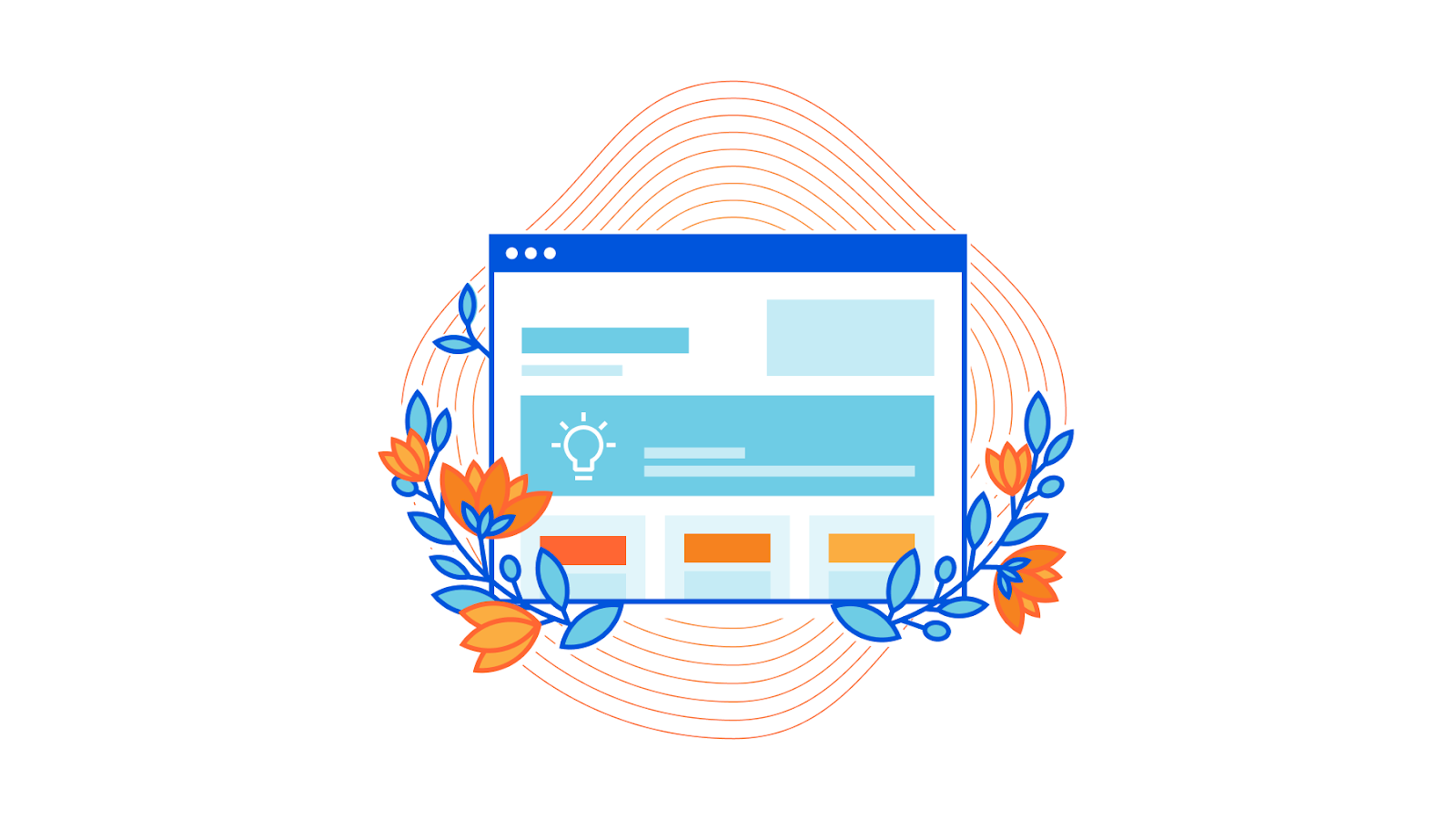
Today, as part of Cloudflare’s Impact Week, we’re excited to announce a new tool to help you understand the environmental impact of operating your websites, applications, and networks. Your Carbon Impact Report, available today for all Cloudflare accounts, will outline the carbon savings of operating your Internet properties on Cloudflare’s network.
Everyone has a role to play in reducing carbon impact and reversing climate change. We shared today how we’re approaching this, by committing to power our network with 100% renewable energy. But we’ve also heard from customers that want more visibility into the impact of the tools they use (also referred to as “Scope 3” emissions) — and we want to help!
The impact of running an Internet property
We’ve previously blogged about how Internet infrastructure affects the environment. At a high level, powering hardware (like servers) uses energy. Depending on its source, producing this energy may involve emitting carbon into the atmosphere, which contributes to climate change.
When you use Cloudflare, we use energy to power hardware to deliver content for you. But how does that energy we use compare to the energy it would take to deliver content without Cloudflare? As of today, you can go Continue reading
Understanding Where the Internet Isn’t Good Enough Yet


Since March 2020, the Internet has been the trusty sidekick that’s helped us through the pandemic. Or so it seems to those of us lucky enough to have fast, reliable (and often cheap) Internet access.
With a good connection you could keep working (if you were fortunate enough to have a job that could be done online), go to school or university, enjoy online entertainment like streaming movies and TV, games, keep up with the latest news, find out vital healthcare information, schedule a vaccination and stay in contact with loved ones and friends with whom you’d normally be spending time in person.
Without a good connection though, all those things were hard or impossible.
Sadly, access to the Internet is not uniformly distributed. Some have cheap, fast, low latency, reliable connections, others have some combination of expensive, slow, high latency and unreliable connections, still others have no connection at all. Close to 60% of the world have Internet access leaving a huge 40% without it at all.
This inequality of access to the Internet has real-world consequences. Without good access it is so much harder to communicate, to get vital information, to work and to study. Inequality of access Continue reading
Why I joined Cloudflare — and why I’m excited about Project Pangea


If you are well-prepared to take up the challenge, you will get to experience a moment where you are stepping forward to help build a better world. Personally, I felt exactly that when about a month ago, after a long and (COVID) complicated visa process, I joined Cloudflare as a Systems Engineer in Austin, Texas.
In the early 2000s, I experienced while travelling throughout the Benin Republic (my home country) and West Africa more generally, how challenging accessing the Internet was. I recall that, as students, we were often connecting to the web from cybercafés through limited bandwidth purchased at high cost. It was a luxury to have a broadband connection at home. When access was free (say, from high school premises or at university) we still had bandwidth constraints, and often we could not connect for long. The Internet can efficiently help tackle issues encountered (in areas like education, health, communications, ...) by populations in similar regions, but the lack of easy and affordable access, made it difficult to leverage. It is in such a context that I chose to pursue my studies in telecoms, with the hope of being able to somehow give back to the community by Continue reading
Announcing Project Pangea: Helping Underserved Communities Expand Access to the Internet For Free

Half of the world’s population has no access to the Internet, with many more limited to poor, expensive, and unreliable connectivity. This problem persists despite large levels of public investment, private infrastructure, and effort by local organizers.
Today, Cloudflare is excited to announce Project Pangea: a piece of the puzzle to help solve this problem. We’re launching a program that provides secure, performant, reliable access to the Internet for community networks that support underserved communities, and we’re doing it for free1 because we want to help build an Internet for everyone.
What is Cloudflare doing to help?
Project Pangea is Cloudflare’s project to help bring underserved communities secure connectivity to the Internet through Cloudflare’s global and interconnected network.
Cloudflare is offering our suite of network services — Cloudflare Network Interconnect, Magic Transit, and Magic Firewall — for free to nonprofit community networks, local networks, or other networks primarily focused on providing Internet access to local underserved or developing areas. This service would dramatically reduce the cost for communities to connect to the Internet, with industry leading security and performance functions built-in:
- Cloudflare Network Interconnect provides access to Cloudflare’s edge in 200+ cities across the globe through Continue reading
Introducing Flarability, Cloudflare’s Accessibility Employee Resource Group

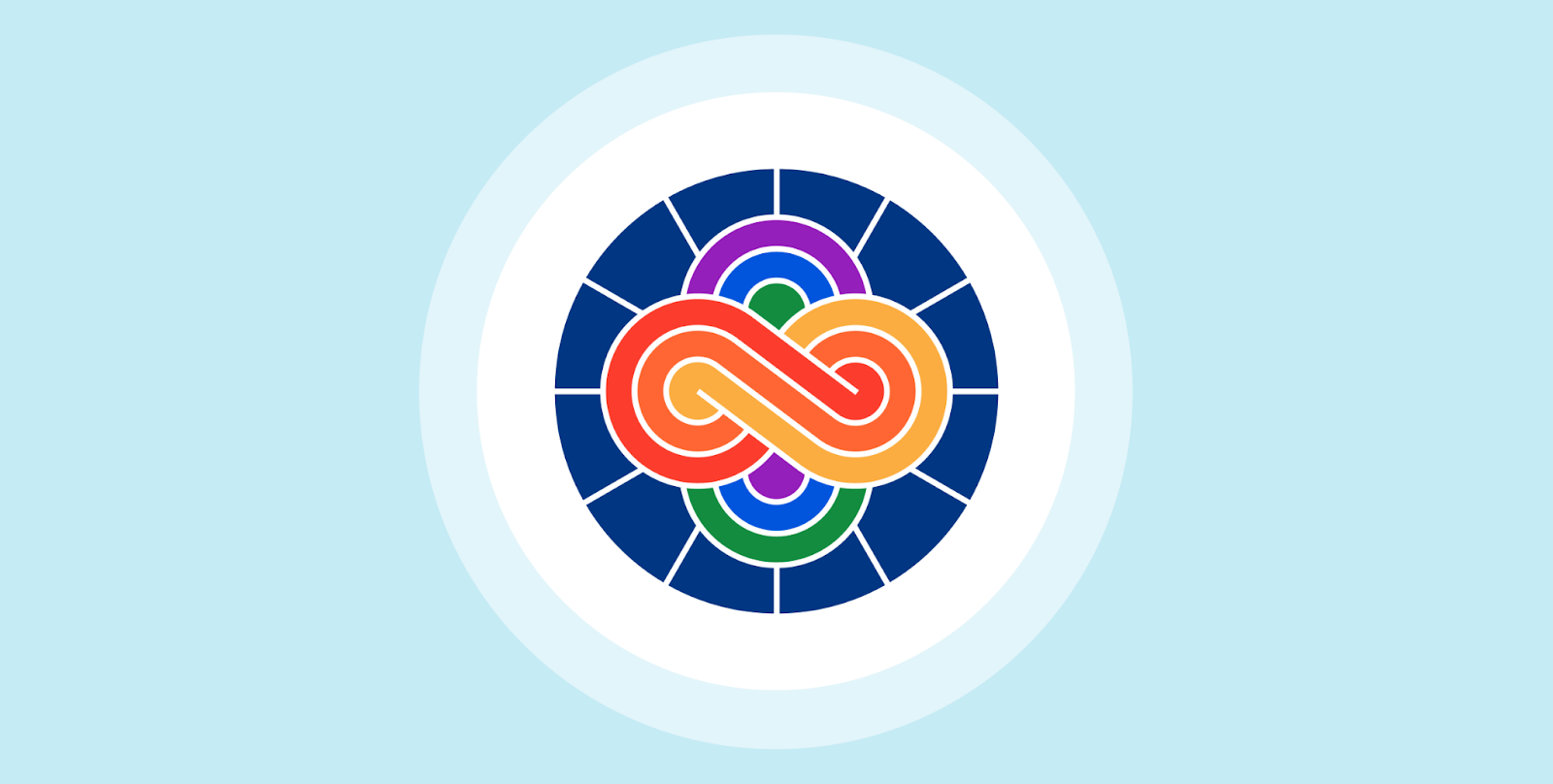
Hello, folks! I’m pleased to introduce myself and Cloudflare’s newest Employee Resource Group (ERG), Flarability, to the world. The 31st anniversary of the signing of the Americans with Disabilities Act (ADA), which happens to fall during Cloudflare’s Impact Week, is an ideal time to raise the subject of accessibility at Cloudflare and around the world.
There are multiple accessibility-related projects and programs at Cloudflare, including office space accessibility and website and product accessibility programs, some of which we will highlight in the stories below. I wanted to share my accessibility story and the story of the birth and growth of our accessibility community with you.
About Flarability
Flarability began with a conversation between a couple of colleagues, almost two years ago. Some of us had noticed some things about the workspace that weren't as inclusive of people with disabilities as they could have been. For example, the open floor plan in our San Francisco office, as well as the positioning of our interview rooms, made it difficult for some to concentrate in the space. To kick off a community discussion, we formed a chat room, spread the word about our existence, and started hosting some meetings for Continue reading
Welcome to Cloudflare Impact Week


If I'm completely honest, Cloudflare didn't start out as a mission-driven company. When Lee, Michelle, and I first started thinking about starting a company in 2009 we saw an opportunity as the world was shifting from on-premise hardware and software to services in the cloud. It seemed inevitable to us that the same shift would come to security, performance, and reliability services. And, getting ahead of that trend, we could build a great business.

One problem we had was that we knew in order to have a great business we needed to win large organizations with big IT budgets as customers. And, in order to do that, we needed to have the data to build a service that would keep them safe. But we only could get data on security threats once we had customers. So we had a chicken and egg problem.
Our solution was to provide a basic version of Cloudflare's services for free. We reasoned that individual developers and small businesses would sign up for the free service. We'd learn a lot about security threats and performance and reliability opportunities based on their traffic data. And, Continue reading